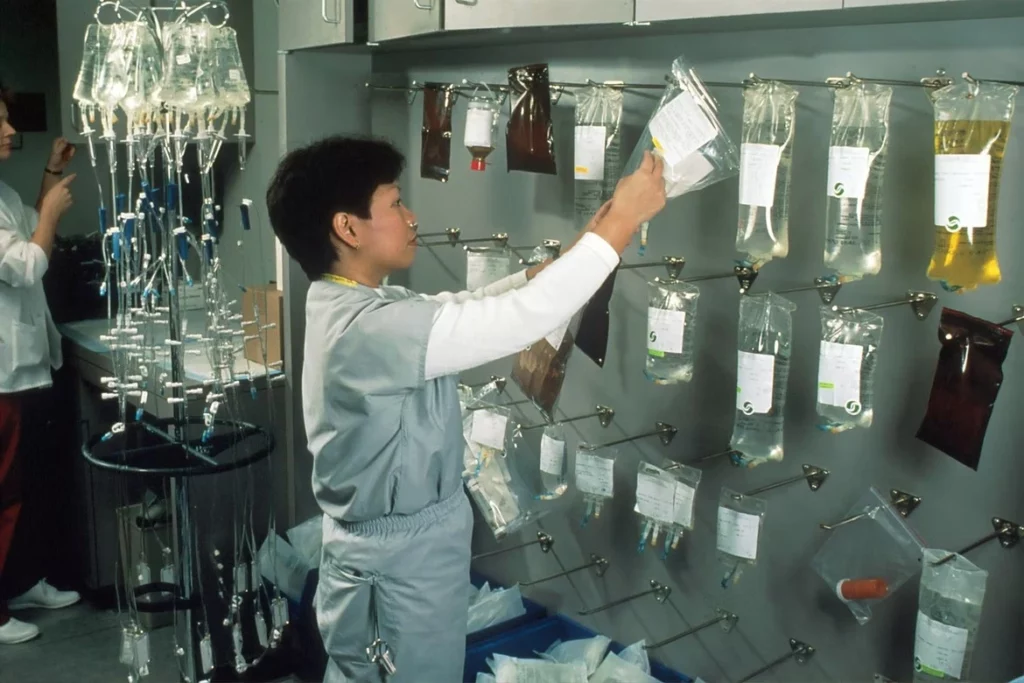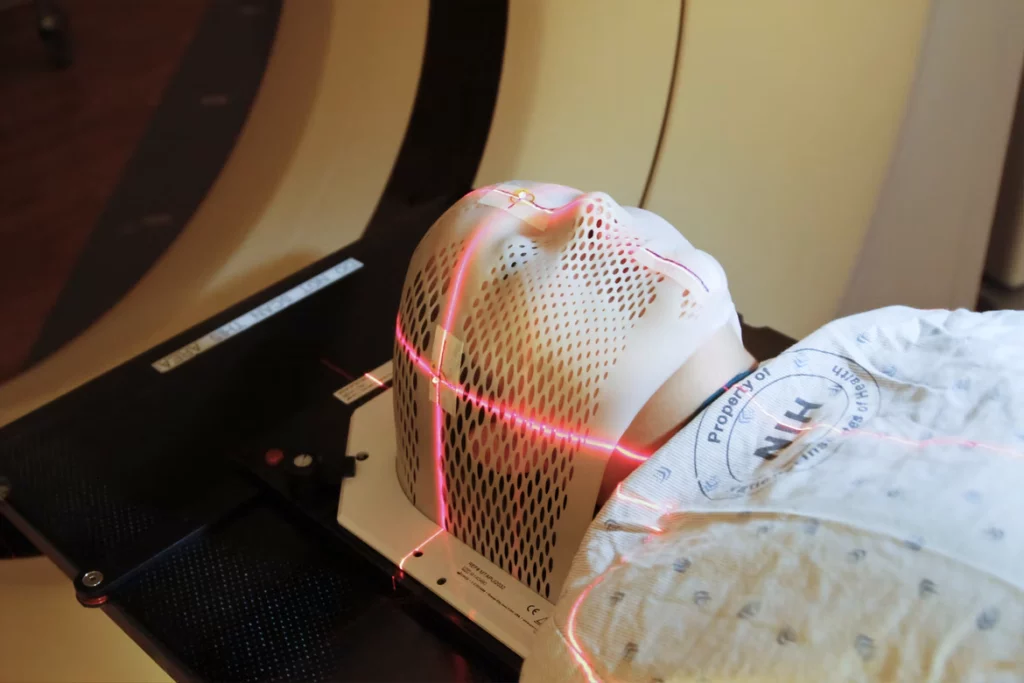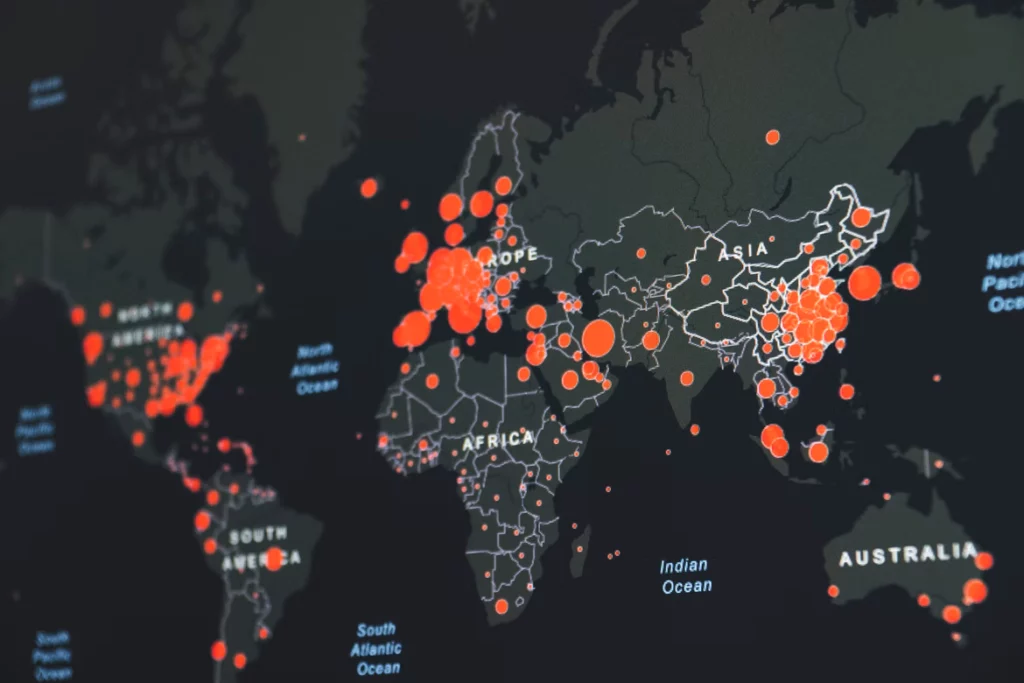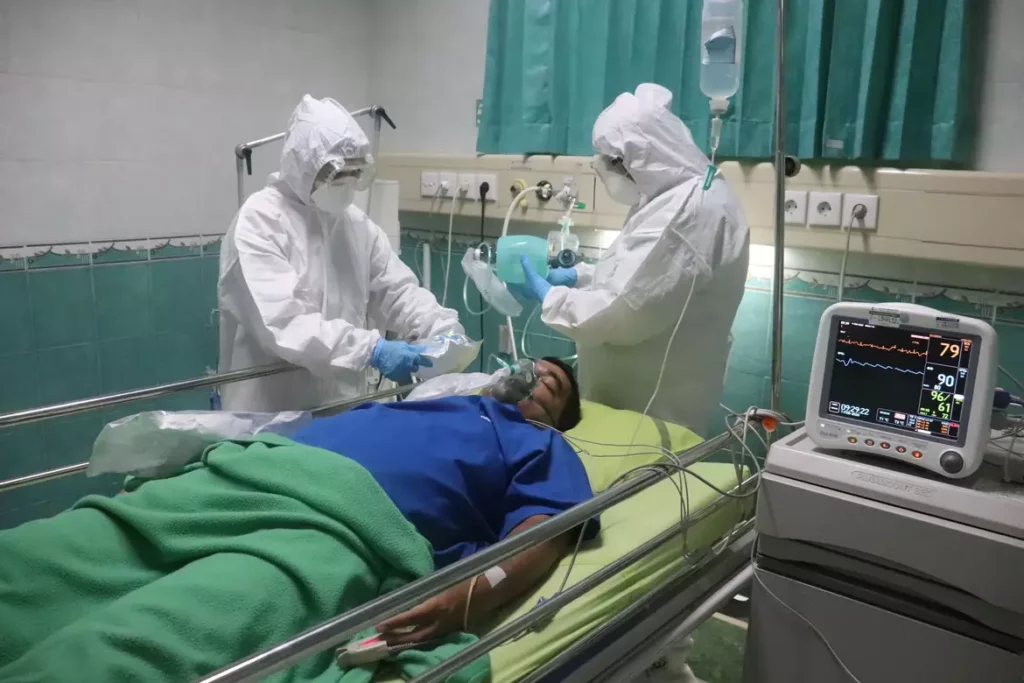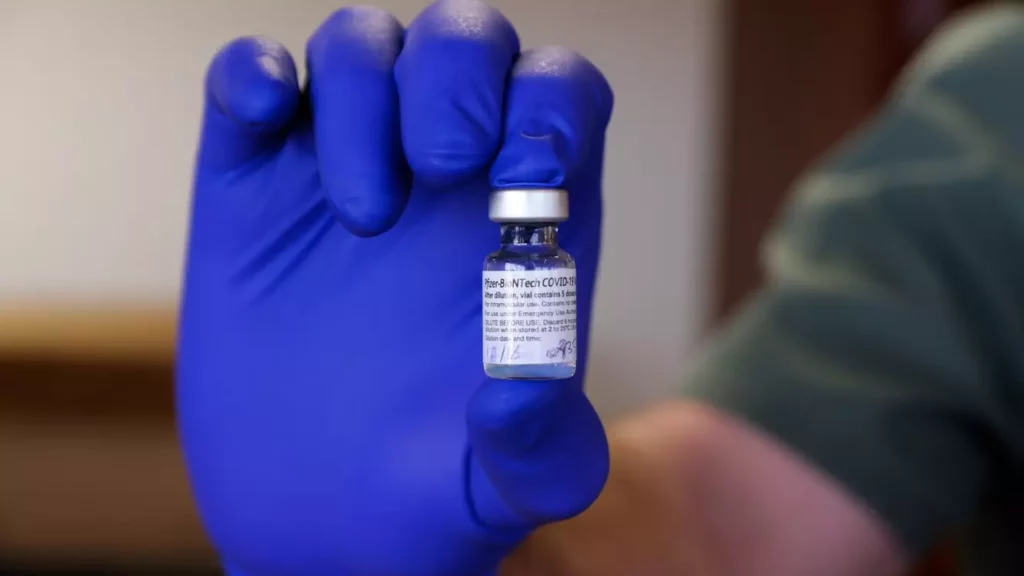Making The Right Choice

As a pharmacist I meet people every day that have made the wrong choices about their health. Yet, I try to treat them with compassion and understanding. I try my best to help them and to educate them in ways to improve their health. This is the same when I deal with patients that are unvaccinated. I try to explain the benefits of getting vaccinated and try to allay their fears about the vaccines. I try to educate them and direct them to resources that will let them see for themselves the benefits of vaccination as well as the dangers on not getting vaccinated.
I agree. It’s a social responsibility to get vaccinated. However, the omicron variant is highly contagious and vaccines are not fully effective at stopping you from contracting it. This means that most of us are going to get it anyway whether we are triple vaccinated or not. The main benefit of vaccines is to reduce the severity of the symptoms and to hopefully keep you from getting very sick and dying.
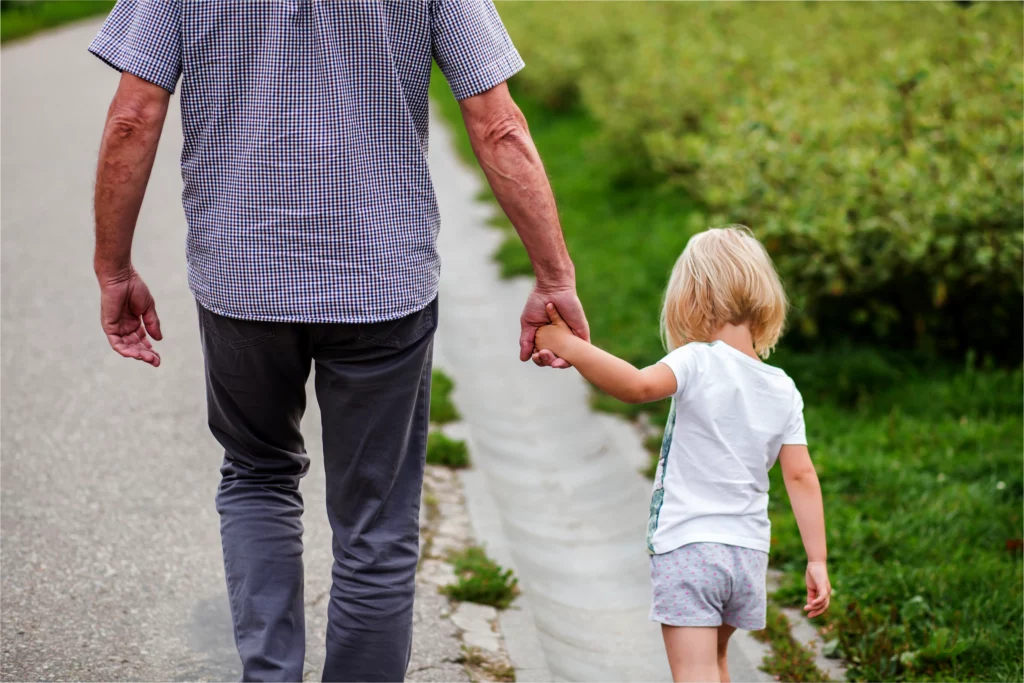
The fact is that in Ontario, almost 90% of us are vaccinated. However, 10% of the unvaccinated population take up 50% of ICU beds. This clearly demonstrates that the unvaccinated are at a greater risk of getting very sick. There is ample evidence from all over the world that the virus can start replication before the immune system can stop it. The vaccines prime our immune system and help prevent severe disease, but they cannot stop the spread; they can only limit it. The same is true about Vaccine Inequity. Until, we vaccinate the whole world instead of just selfishly vaccinating Canadians, we will not get out of this Pandemic. Until we vaccinate the world, there will be another variant and another variant and… And speaking of variants, a new variant can develop from anywhere, variants can come from Canada just as easily as they can come from South Africa or Denmark. We have to be realistic and treat this pandemic as being endemic and INCREASE OUR HEALTH CARE CAPACITY and increase our ICU capacity and increase the number of trained healthcare workers that we have.
Using simple math, if you catch Omicron, you probably caught it from one of the 90% of vaccinated individuals that you socialize with, rather than one of the 10% of unvaccinated individuals that by now you probably don’t socialize with anyway. Let’s stop demonizing individuals for making their own life choices (even is they are the wrong choices). Let’s instead direct our anger to the politicians who starved the hospitals for funding, threw out our strategic PPE stockpile before the pandemic, and refused to provide sick days and rapid tests. Let’s never forgive administrators that prevented nurses in COVID wards from accessing N95 masks. Blaming individuals for systemic problems is not right. In other words, blaming a small minority of people who have not gotten vaccinated and allowing our governments to get away with not funding our health system responsibly for years is not the right thing to do. Politicians that did not responsibly fund health care should be the ones getting the blame. CALL YOUR MPP AND MP AND ASK THEM WHAT THEY ARE DOING TO EXPAND HEALTHCARE CAPACITY. Give THEM and earful instead of ostracizing your neighbor.

